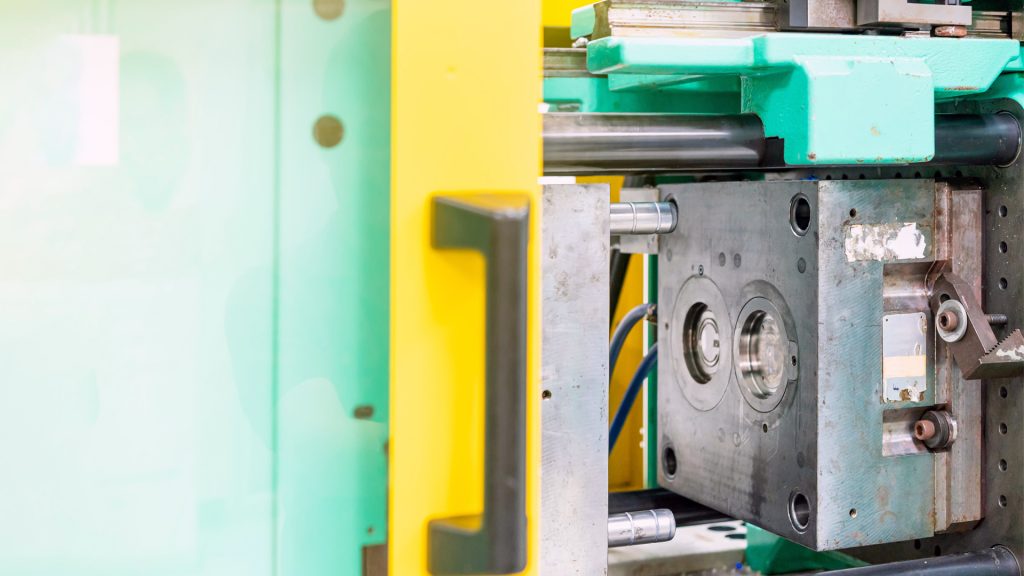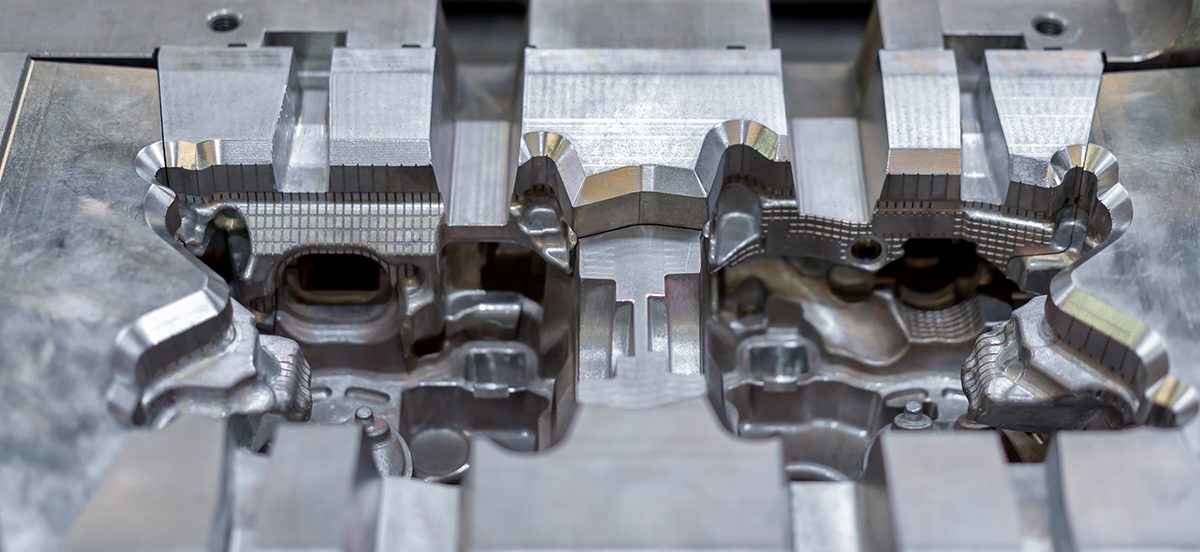Choosing the right manufacturing method can make all the difference in your project’s success. Whether you’re fine-tuning a prototype or cranking out thousands of parts, deciding between injection molding and 3D printing is a game-changer. Let’s break down what makes each method shine and how to pick the best fit for your next project.
Injection Molding: The MVP of Mass Production
If your goal is high-volume production with unbeatable consistency, injection molding is your go-to. Here’s why:
- Efficient Scaling: Once the mold is ready, you can produce millions of parts with ease—at a lower cost per unit as you ramp up.
- Material Magic: From tough thermoplastics to flexible elastomers, injection molding handles a wide variety of materials to meet your exact needs.
- Pinpoint Precision: Expect tight tolerances and flawless repeatability, perfect when every part needs to be exactly the same.
But keep in mind, the upfront cost for molds and setup is higher, so this method shines brightest when you’re producing large quantities.
When you need creativity, speed, and flexibility, 3D printing steps up. Here’s how it stands out:
- Design Freedom: Bring your wildest ideas to life with complex geometries and intricate details that other methods just can’t match.
- Quick Prototyping: Need to test, tweak, and re-test? 3D printing lets you do it fast—no expensive tooling, no long waits.
- Perfect for Small Batches: For low-volume runs or highly customized parts, 3D printing keeps costs low and possibilities high.
However, for large-scale production, 3D printing is generally slower and may need extra finishing touches.

Metal mold or plastic injection mold setup on high-pressure injection molding machine for mass production or manufacturing in industrial.
How to Choose: Key Considerations
Not sure which method is right for you? Ask yourself:
- How many parts do I need? For large quantities, injection molding is your best bet. For smaller batches or one-offs, go with 3D printing.
- What materials are required? If you need a specific material with proven properties, injection molding has you covered. 3D printing is expanding its material options but still has some limits.
- How precise do I need to be? For projects requiring tight tolerances and consistency, injection molding wins. 3D printing is improving in this area but may need post-processing.
- How fast do I need it? If speed is of the essence, 3D printing’s rapid prototyping can save the day. Injection molding is better for long-term production, but the setup takes more time.
Why Not Both?
Why limit yourself? Start with 3D printing for quick prototypes or small runs, then shift to injection molding when you’re ready to scale up. By combining both methods, you can optimize every phase of production—saving time, reducing costs, and boosting quality.
Ready to make the right choice for your next project? Let’s chat about how injection molding or 3D printing—or both—can elevate your production game.
